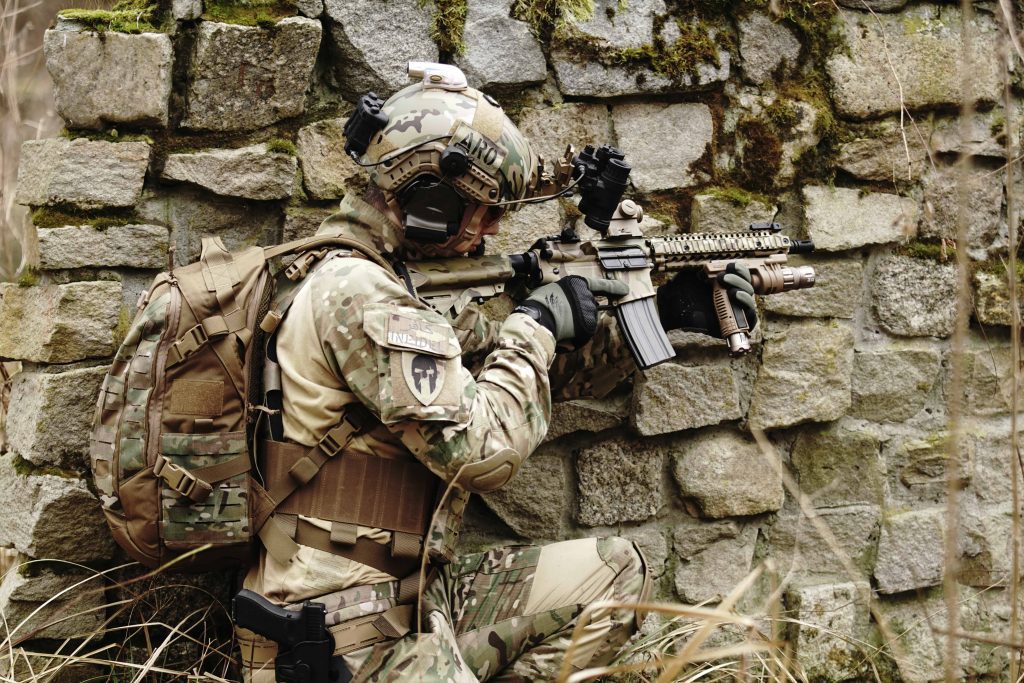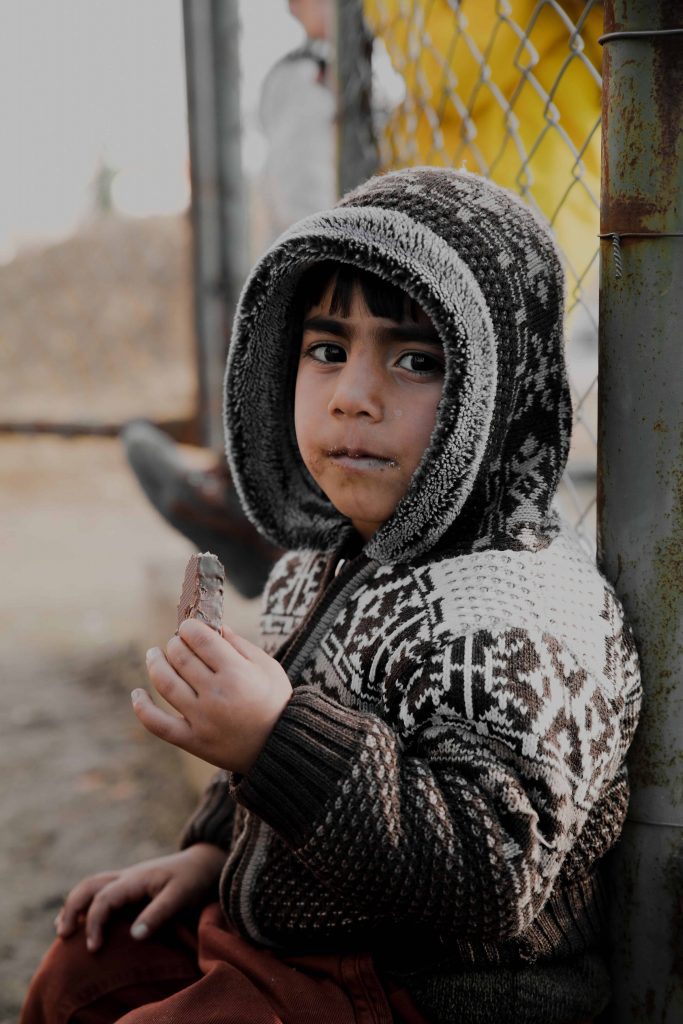In an age of bombs guzzling blood, skylarks merge peace with thought and action.
Aberjhani, The River of Winged Dreams

The war always claimed heavy price on every person who were involved in it and one of such suffering country is Syria. Without any doubt, Syria was in a state of internal crisis for a very long period and this conflict is between the Syrian army and the rebel groups composed of many heterogeneous branches. These conflict years had demanded more than 130,000 lives and Syria’s breath-taking historical and cultural heritage. Many of us got aware of these conflicts through social media such as the protests organized on Facebook which changed to a hardcore militant war between the Assad regime and anti-Assad regime. Then also many of us are unaware of facts like how and when did this destruction begin? What are the impacts of this conflict? But before getting into the crux of this topic, we should also know more about the country Syria.
In Arabic, Syria, also known as Al-Sham, is home to some of the oldest, most civilised, diverse ethnic groups and religious denominations such as the Syrian Arabs, Turkmen, Kurds, Assyrians, Circassians, Armenians, Greeks and Mandaeans, with Arabs being the largest ethnic group and only a few years ago, was consistently featured as a tourist hotspot in various international travel magazines and now images of a war-torn country fill the news. Its capital city of Damascus and another city Aleppo feature in the list of the world’s oldest continuously inhabited cities. Syria emerged as a parliamentary republic in 1945 when the Republic became a founding member of the UN which brought to climax to the French mandate, prior to which the region was under centuries of Ottoman rule. The post-independence period was tumultuous, with many military coups shaking the country. In 1958, Syria entered into a brief union with Egypt called the United Arab Republic, which was lapsed by the 1961 Syrian coup d’état.

After a constitutional amendment in late 1961, the republic was renamed the Syrian Arab Republic and became a unitary republic. Later, the republic was unstable until the 1963 Ba’athist coup d’état. Since that time, the Ba’ath Party has maintained its power. In 1970, Hafez Al-Assad, a Baathist leader and commander of the air force, seized power in the country. He was then elected as the president in the following year. After these events, Syria went under Emergency law which effectively suspended most of the constitutional protection for its citizens. But this scenario changed in the month of March 2011, when the initial protests aimed at democratic reforms started in Damascus. Till April 7, 2011, the protesters insisted on new democratic reforms, the release of political prisoners, more liberty, the abolition of emergency law and an end to corruption etc. On April 8, the protesters demanded Bashar’s resignation and protests spread across major cities in Syria. Later, on 4th June, the Syrian security forces guarding the roof of a post office fired at a funeral demonstration. The protesters set fire to the post office and took the lives of the security officers and then seized their weapons. The soldiers who turned down the orders to kill the protesters were executed which eventually led to the inclusion of soldiers into the protests to protect the protesters.
When the masses are against you, when fear is on every side, and when it seems like you are standing alone, that is when you should stand the tallest. That is when you plant yourself like a mountain, and you do what your heart knows is right. Even if death will be your only reward.
Ammar Habib, The Heart of Aleppo: A Story of the Syrian Civil War
The basic reasons behind the conversion of Syria into warzone are the following:
- Political repression
President Bashar al-Assad assumed to power in 2000 after the death of his father Hafez. Assad quickly crushed the hopes of reform which the citizens had on his accession, as power remained concentrated in the ruling family, and the one-party system left few channels for political dissent and there was no peaceful transfer of power since the 1950s, the popular uprising was inevitable. - Discredited ideology
Syrian Baath party is regarded as the founder of “Arab socialism”, an ideological current that merged socialist economy with Pan-Arab nationalism. However, by 2000, the Baathist ideology was trimmed down to an empty shell, discredited by lost wars with Israel and a crippled economy. Upon taking power, Assad tried to modernize the regime by invoking the Chinese model of economic reform, but it was in vain.

- Uneven economy
Precautious reform of the leftover of socialism opened the door to private investment, triggering an explosion of consumerism among the urban upper-middle classes. However, privatization has supported families with personal links to Assad, instead, it ignited anger among common man as living costs soared and jobs remained scarce. - Drought
To make matters worse, persistent drought has destroyed farming communities in north-eastern Syria, affecting more than a million people since 2008. Tens of thousands of impoverished farmer families huddled in the urban area which rapidly expanded urban slums and led to a worse phase of poverty in their life. This accelerated their anger at the attitude of the government - Contemporary media facilities
Even though the state media was highly censored, the proliferation of satellite TV, mobile phones and the internet after millennium meant that any government attempt to insulate the youth from the outside world was doomed to fail. The usage of the new media is critical to the activist networks that underpin the uprising in Syria. - Corruption
The system was corrupted from the lower to higher end. Even for daily activities, a huge amount of bribes are transferred. - State violence
Syria’s vast intelligence services, the infamous mukhabarat etc. had penetrated both the personal and professional life of the citizens. The fear of the state is one of the quintessential reasons why many of them simply took the regime as a fact of life. But the outrage over the brutal response of the security forces to the outbreak of peaceful protest in spring 2011, documented on social media, helped generate the snowball effect as thousands across Syria joined this movement. - Minority rule
In Syria, the majority was Sunni Muslims but the top positions in the security apparatus were in the hands of the Alawis, a Shiite religious minority to which the Assad family belongs. Most of the Syrians have pride in themselves based on their tradition of religious tolerance, but many Sunnis still resent the fact that so much power is monopolized by Alawi families. While not a driving force of the Syrian uprising, the combination of a majority Sunni protest movement and an Alawi-dominated military has added to the tension in religiously mixed areas, such as the city of Homs. - The Islamic State of Iraq and the Levant (ISIL)
Also called the ISIS had exploited the war in Syria to carve out a large part of the country for the creation of an Islamic proto-state “caliphate”. As a part of an international campaign against the IS militants, both supporters and opposers of Assad have attacked ISIS to curb its growth and release areas that it had captured. Raqqa (in northern Syria), the last stronghold of ISIS, was taken back in 2017.
Impact of this Civil War
According to national sources, war has forced millions of people to flee Syria and become refugees in other countries. Many have fled to neighbouring countries into refugee camps in Lebanon, Iraq, Jordan and Turkey. etc. The war had triggered a massive refugee crisis in different parts of Europe and the refugees hit the headlines when they braved to face several odds in their journey across the sea to a better life in Europe. While many European nations had refused to take up the refugees into their countries, countries like the UK has promised to take up to 20,000 people from Syrian refugee camps by 2020. While peace has been restored in many areas, there are many people toiling to live elsewhere.

The quality of the education system has been unable to provide the young labour force with economically relevant skills and technology. It was estimated that approx. 40% of the children there miss school because of this conflict. Syrian workers were uncompetitive by regional standards. Major upgrading of the quality of the human resource base would be required to take up the challenge of opening up the economy. This includes upgrading the quality of education in schools, professors at universities and vocational training systems.
Many Middle Eastern and North African countries, Syria also faces major environmental and natural resources challenges. Most water basins are under threat and water deficits are expected to worsen at very stagnant level, due to large and unsustainable water usage in agriculture and increases in urban water demand. Climate change has also affected agriculture production, adversely affecting the government’s food security target.
Many foreign players also tried to negotiate between the conflicting parties with the intention to bolster their influence over Syria. However, at this need of the hour, the other nations should stop treating Syria as a battleground for attaining global eminence. Instead, we should take serious steps to reverse the humanitarian crisis in Syria. I would like to conclude this writing with a positive quote for all suffering Syrian refugees around the globe: To be called a refugee is the opposite of an insult; it is a badge of strength, courage, and victory.